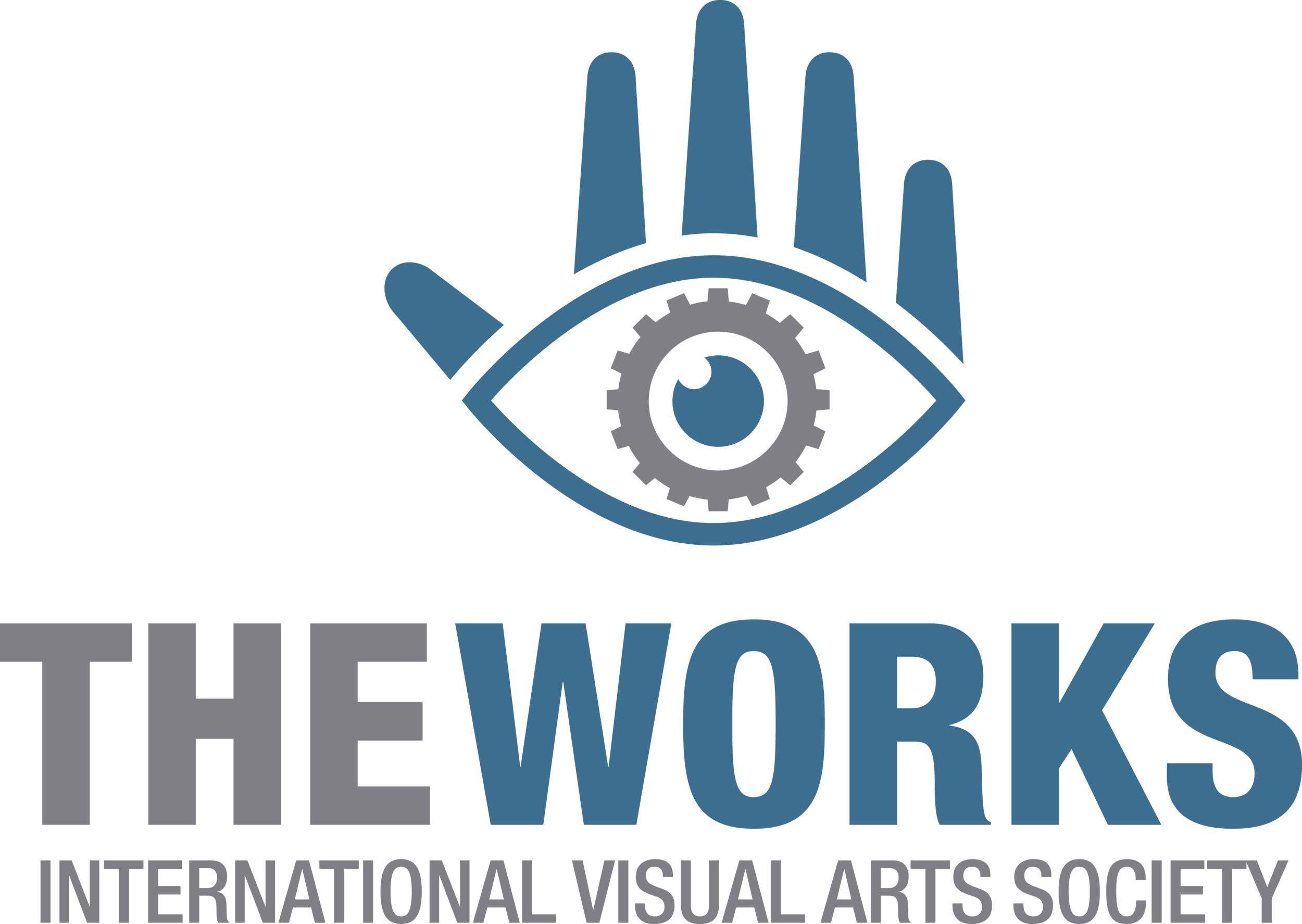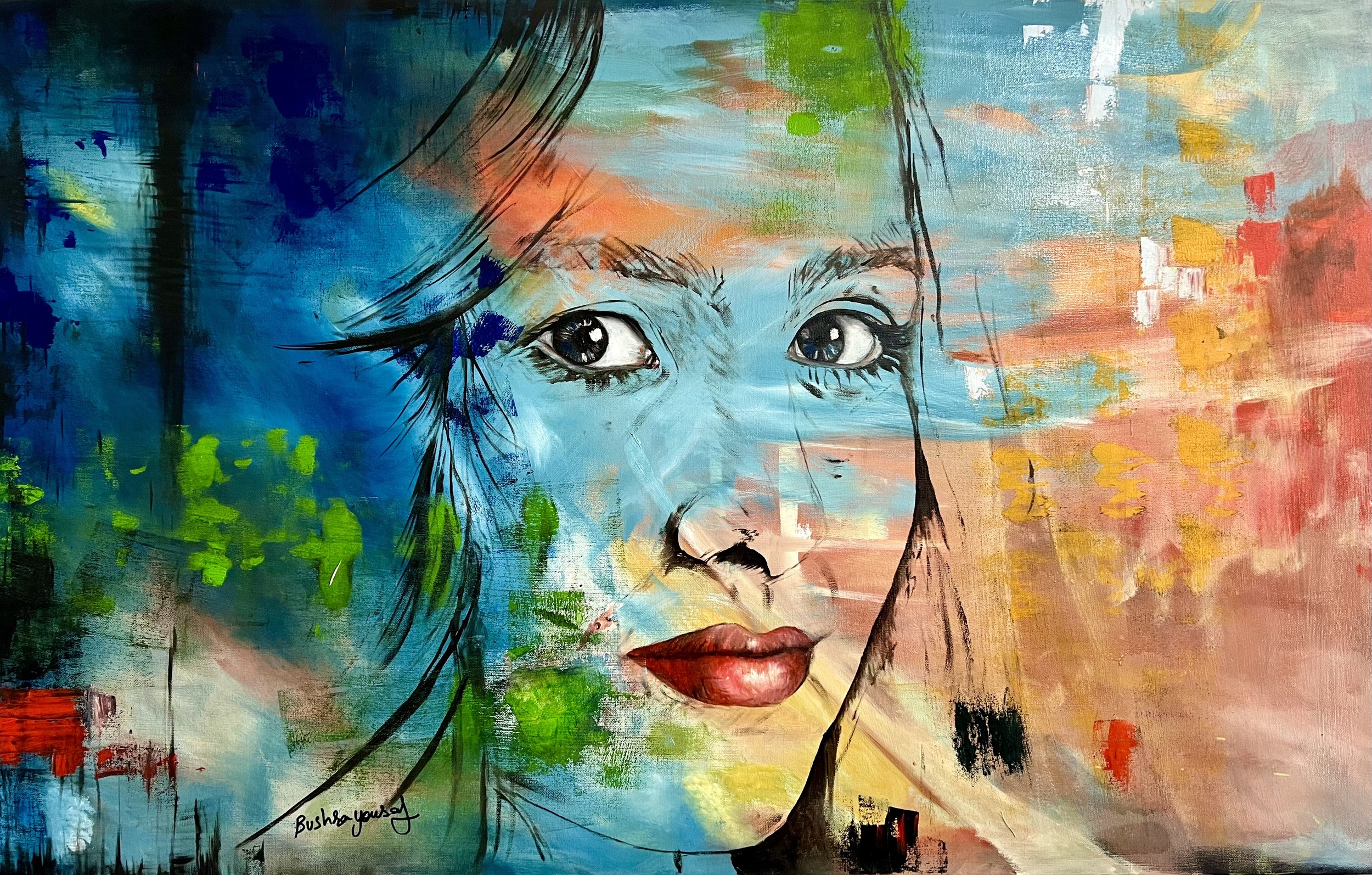Yong Fei Guan is an Edmonton-based artist whose work provides a welcome contribution to the diversifying of perspectives in Edmonton’s art community. Although Guan was always been interested in art as a child, she had limited opportunities to study it extensively in school. Art education was not valued in the community where she grew up as the visual arts were not seen as a pragmatic occupation. After immigrating from China to Canada over a decade ago, Guan studied art at MacEwan, followed by a degree in Fine Arts from the Emily Carr University of Art + Design. When she returned to Edmonton, she started to develop her artistic practice and took the City of Edmonton’s composting program and became a Master Composter, after which she subsequently taught the public about how to compost. At the same time, she became more interested in exploring her own cultural identity.
As a result, Guan’s artistic practice has developed out of a unique confluence of her connection to her Chinese heritage, her active engagement with environmental issues, and her desire to create a distinctive artistic practice that extends beyond the mediums of traditional Chinese art. In doing so, she aims to increase the Edmonton public’s awareness about Chinese culture and history as well as to create a new type of art that speaks to contemporary issues that impact Edmonton’s Chinese community.
The development of her artistic practice did not arise without some challenges. After she completed her art education, she created several animal paintings and illustrations as well as dabbled in some abstract art. Besides, this, she started to work with traditional mediums such as ricepaper and ink, but she found these to be unsatisfactory. In 2014, she came up with the idea of folding some of her ricepaper-and-ink works into origami, which were subsequently exhibited at Harcourt House. This became an important moment in Guan’s development of a unique artistic voice, which she further developed through her participation in the Mid-Autumn Lantern Festival. During the festival, she facilitated a workshop about how to make lanterns out of milk jugs, which proved to be very popular with the public. This progressed to her creation and exhibiting of Foo Dog at a group show last year, followed by her creation of a Chinese guardian lion that appeared at the Shaw Conference Centre’s Art Night event this past March. Guan constructed the lion out of recyclable and repurposed materials such as milk jugs and 6-pack rings that she sprayed pink. When the lion was displayed at the Shaw Conference Centre, she observed that several people would pose by the lion and take photos. For Guan, this was an affirmation of her work’s resonance with the Chinese community and other Edmontonians as well.
The guardian lion was intended to remind people of the stone lions that were stationed in front of Edmonton downtown’s Harbin Gates. Located at the intersection of 102nd Avenue and 97th Street, the Harbin Gates have been a central part of downtown Edmonton since 1987. However, they were dismantled last year due to the Valley Line LRT expansion, which the city had slated to build through that street. Failing to consult sufficiently with the Chinese community, the city began by removing the two stone lions in front of the gates on April 4th, 2017, followed by the dismantling of the Harbin Gates on the November 4th-5th weekend that same year.
The dismantling of the Harbin Gates was a shock to the local Chinese community and several members held a candle vigil the day before they were dismantled. For several of them, the lions had sentimental value and they held fond memories of them, besides which they were culturally significant as the gate’s materials were a gift from Edmonton’s sister city Harbin, China.
Through the creation of her guardian lion out of recyclable materials, Guan is making a statement about the cultural significance of Harbin Gates and the stone lions, both of which she regard as an important representation of Edmonton’s multicultural heritage. For Guan, their removal by the city shows the municipal government’s lack of awareness, understanding, and respect for the Chinese community in Edmonton because it signifies the physical erasure of Chinese history and heritage from a city that has, ironically, been proud to affirm its diversity. As Guan affirms, ”The Chinese community is Alberta is over a century old and Edmonton is currently home to about 79,000 Chinese immigrants. Yet, there is a lack of respect for Chinese cultural practices locally. Chinatown is being gentrified; the Harbin Gate has been removed. It is outrageous to experience my own cultural heritage disappearing from a place I now call home.” For the community, the removal of the gates and lions exemplify how changes seem to be taking place without their consultation.
Her interest in composting has also given rise to an ongoing project entitled C is for Composting. With the composting knowledge and skills that she has acquired, Guan is interested in teaching children about composting and its relationship to nature. As a result, she experimented with torn paper art and began formulating some ideas for a picture book, which is still a work in process.
Guan is currently in the process of creating a second guardian lion out of the same materials. Her current project will appear in this year’s The Works Art and Design Festival and will consist of both lions being displayed prominently at the festival’s central site at Capital Plaza.
To learn more about her art and artistic practice, Yong Fei Guan’s website can be found at http://www.yongfeiguan.com.



